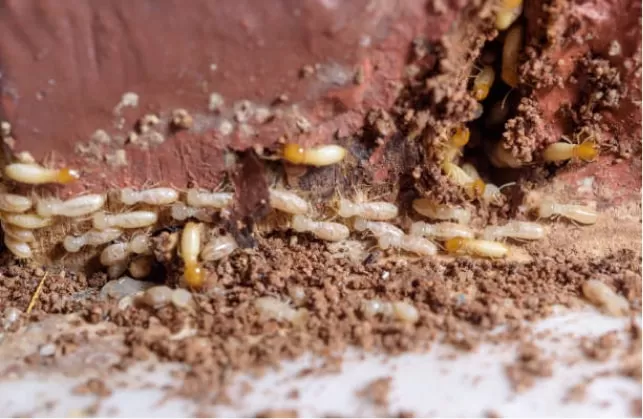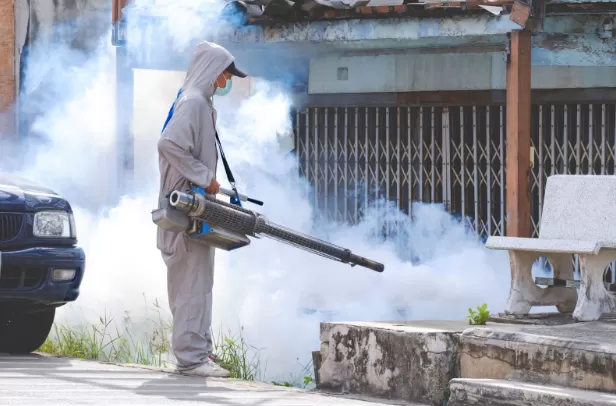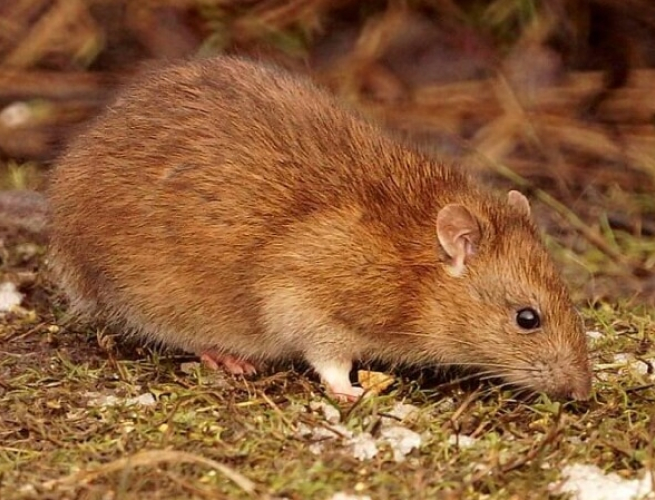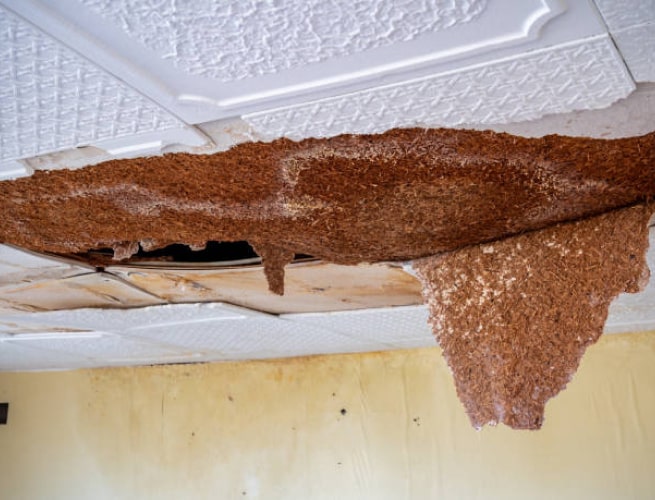Termites, often referred to as the silent destroyers of wooden structures, play a pivotal role in ecosystems by breaking down cellulose in plant material, and facilitating nutrient cycling. The activity and distribution of termites are greatly influenced by climatic conditions, making climate a critical factor in understanding their behavior, survival, and impact on both natural environments and human constructions. This article delves into the intricate ways in which climate affects termite activity, encompassing their biology, the role of temperature and moisture, the implications of climate change, and regional variations.
1. Termite Biology and Ecology
Termites are eusocial insects belonging to the order Isoptera. They live in colonies with a highly organized social structure, comprising workers, soldiers, and reproductive individuals (queens and kings). Each caste has distinct roles essential for colony survival:
- Workers: Responsible for foraging, feeding other colony members, and maintaining the nest.
- Soldiers: Defend the colony from predators, primarily ants.
- Reproductives: Including queens and kings, are responsible for producing offspring to ensure colony growth and continuation.
The activity levels and success of termite colonies are heavily influenced by environmental factors, particularly temperature and moisture, which directly affect their physiological processes and behavior.
2. Temperature and Termite Activity
Temperature plays a crucial role in determining termite activity. Termites, being ectothermic (cold-blooded) organisms, rely on external temperatures to regulate their body heat and metabolic functions.
- Optimal Temperature Range: Termites generally thrive in temperatures ranging from 24°C to 35°C (75°F to 95°F). Within this range, metabolic activities, including feeding, digestion, and reproduction, are at their peak. Species such as the Formosan subterranean termite (Coptotermes formosanus) and the eastern subterranean termite (Reticulitermes flavipes) are highly active within this temperature window, leading to rapid colony growth and increased foraging.
- Temperature Extremes: Extremes in temperature can significantly impact termite activity. At temperatures below 15°C (59°F), termite metabolism slows down, reducing their movement and feeding rates. Prolonged exposure to freezing temperatures can be lethal, especially for termites that are not deeply burrowed into the soil. Conversely, temperatures above 35°C (95°F) can cause dehydration and increase mortality rates. To avoid the heat, termites may limit their foraging activities to cooler parts of the day or seek shaded, more humid environments.
- Seasonal Variations: In temperate regions, termite activity is typically seasonal. During colder months, activity decreases as termites become less mobile and metabolic rates decline. In contrast, warmer months see a spike in activity due to optimal temperatures that support foraging and reproduction. In tropical regions, where temperatures remain relatively constant throughout the year, termite activity is continuous and less influenced by seasonal changes.
3. Moisture and Termite Activity
Moisture is another critical factor affecting termite behavior and distribution. Termites require a certain level of humidity to maintain their exoskeleton and prevent desiccation.
- Soil Moisture: Subterranean termites, which build nests in the soil, are highly dependent on soil moisture for survival. Adequate soil moisture facilitates tunneling and foraging activities. During dry periods, termites may burrow deeper to find moist soil or relocate to areas with higher humidity. Conversely, excessive moisture from heavy rains or flooding can disrupt termite galleries, leading to colony relocation or increased mortality rates.
- Wood Moisture Content: Termites prefer wood with higher moisture content, as it is easier to digest and less likely to host competing organisms such as fungi. Drywood termites, which live entirely within the wood they consume, thrive in regions where ambient humidity helps maintain suitable moisture levels in wood. Coastal and humid areas provide the ideal conditions for these termites, leading to higher infestation risks.
4. Impact of Climate Change on Termite Activity
Climate change, characterized by rising global temperatures and altered precipitation patterns, is expected to have significant impacts on termite activity and distribution.
- Rising Temperatures: Global warming can expand the geographical range of termite species, potentially introducing them to previously uninhabited areas. Warmer temperatures can enhance termite metabolic rates, leading to faster colony growth and increased foraging activity. This can result in greater damage to wooden structures and vegetation.
- Changes in Precipitation Patterns: Altered precipitation patterns, including more frequent and intense rainfall or prolonged droughts, can affect soil moisture levels. In regions experiencing more frequent droughts, termites may face challenges in finding suitable nesting and foraging sites, leading to decreased activity and potential colony decline. Conversely, increased rainfall can create more favorable conditions for termite activity, particularly for subterranean species.
- Extreme Weather Events: Climate change is linked to more frequent and severe weather events such as hurricanes, floods, and wildfires. These events can disrupt termite colonies, forcing them to relocate or leading to higher mortality rates. However, the resulting increase in dead wood and plant material can provide abundant food resources for surviving colonies, potentially leading to population booms.
5. Regional Variations in Termite Activity
The impact of climate on termite activity varies by region and is influenced by local climatic conditions and the presence of different termite species.
- Tropical Regions: In tropical climates, where temperatures and humidity levels are consistently high, termite activity is continuous. Species such as the Formosan subterranean termite and the West Indian drywood termite (Cryptotermes brevis) are highly prevalent and can cause significant structural damage due to their year-round activity.
- Temperate Regions: In temperate regions, termite activity is more seasonal. Subterranean termites may become less active during winter months but can remain active in heated or insulated areas of buildings. The introduction of invasive species like the Formosan subterranean termite into temperate regions has raised concerns due to their adaptability and destructive potential.
- Arid Regions: In arid or semi-arid regions, termite activity is closely tied to moisture availability. Termites in these areas, such as desert termites (Gnathamitermes spp.), have adapted to survive in harsh conditions by building deep nests or foraging primarily during cooler, more humid periods.
6. Pest Management Implications
Understanding the relationship between climate and termite activity has significant implications for pest management strategies.
- Monitoring and Inspection: Regular monitoring and inspection are crucial, particularly in regions prone to termite activity. Seasonal variations in termite behavior should be considered, with increased vigilance during warmer and wetter periods.
- Preventive Measures: Implementing preventive measures, such as moisture control around buildings, proper ventilation, and using termite-resistant building materials, can help mitigate the risk of termite infestations.
- Integrated Pest Management (IPM): An integrated pest management approach, combining biological, chemical, and physical control methods, is essential for effective termite control. Understanding how climate influences termite activity can help in timing the application of control measures for maximum efficacy.
7. Future Research Directions
Continued research is needed to further elucidate the complex interactions between climate and termite activity. Key areas for future study include:
- Species-Specific Responses: Different termite species may respond uniquely to climatic changes. Detailed studies on species-specific responses can help in predicting and managing termite infestations more effectively.
- Long-Term Climate Models: Developing long-term climate models that incorporate termite activity can aid in forecasting future trends and preparing for potential shifts in termite distribution and behavior.
- Eco-Friendly Control Methods: Research into environmentally sustainable termite control methods, such as biological control agents and habitat modification, is essential to reduce reliance on chemical pesticides and minimize ecological impact.
Conclusion
The intricate relationship between climate and termite activity underscores the importance of understanding environmental factors in termite ecology and pest management. Temperature and moisture levels significantly influence termite behavior, distribution, and survival. As climate change continues to alter global weather patterns, it is likely to have profound effects on termite populations and their interactions with human structures and natural ecosystems. By staying informed about these dynamics and adopting proactive management strategies, we can better protect our homes and harness the ecological benefits that termites provide in nutrient cycling and soil formation.
Engaging a professional pest control company in Singapore can be a crucial step in safeguarding your property against the evolving threats posed by termites. With expertise in understanding local climate impacts and advanced termite management techniques, these professionals can offer tailored solutions to prevent and address infestations effectively. Don’t wait for termites to compromise your home—reach out to a trusted pest control service today to ensure your property remains protected in the face of changing environmental conditions.







